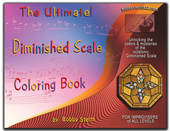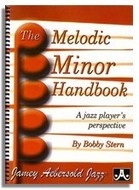
As the bVI7 could normally be given a #11, that would infer a Lydian Dominant (fourth mode of Melodic Minor), which would be an excellent scale choice.
The V7 could be given the full altered treatment, and will for the purposes of this example.
Translating that into C minor, we get:
bVI7: Ab7#11 / V7: G7alt / I: C min / C min /
If we examine the Ab7#11 a little closer, we see that this dominant chord / scale is interchangeable as a tritone substitution with the other Melodic Minor dominant chord / scale, namely D7alt and the D altered scale. Both are derived from the Eb Melodic Minor scale system, and as we all know too well (don't we?):
Any Melodic Minor chord or mode can be substituted for any other Melodic Minor chord or mode of the same Melodic Minor "key".
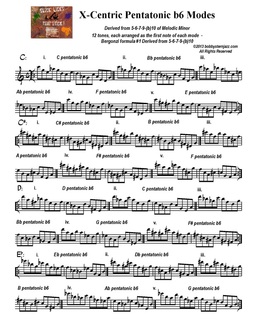
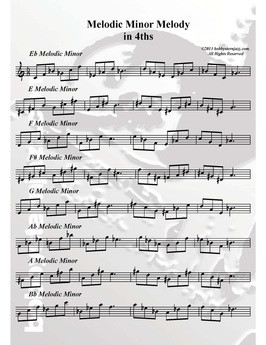

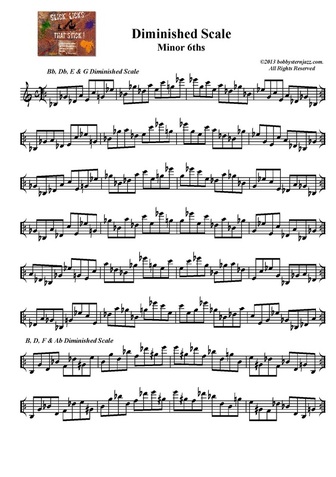
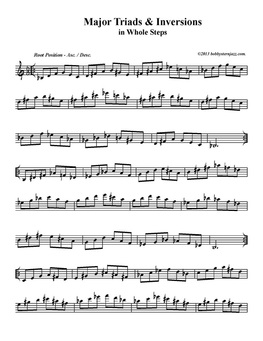

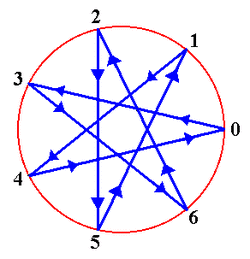
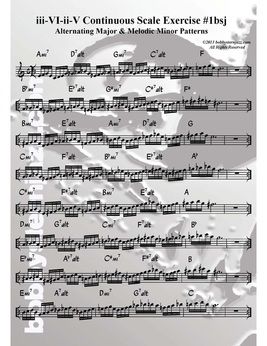



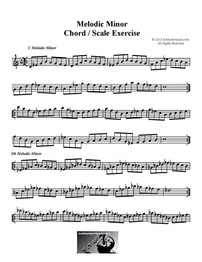






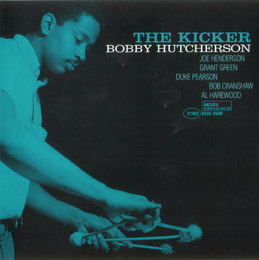


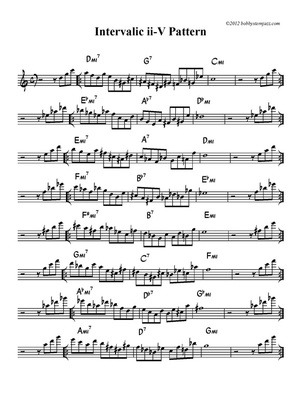




 RSS Feed
RSS Feed




